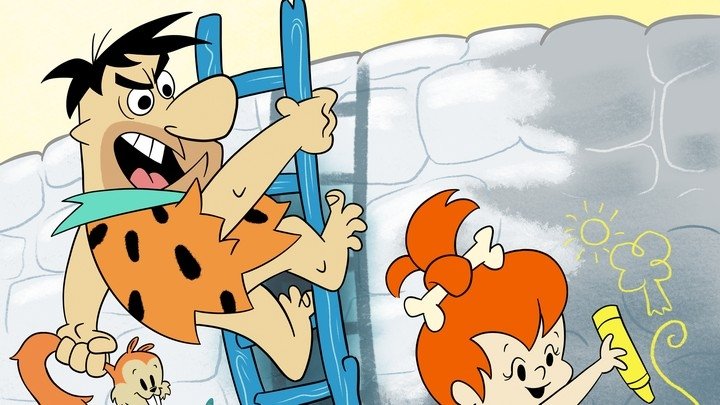Mario Odyssey frees the series from its most obsolete albatross, the 1UP mushroom
"Get a life" is such a '90s phrase anyway, don't you think?
I don't remember when, exactly, the realization struck me that the concept of extra lives had ceased to fit into what the Mario series had become. It seemed almost like heresy to suggest that something so intrinsic to the games, so iconic, no longer had a place in them; the green-spotted mushroom has been a fixture of Mario's adventures since a few screens into Super Mario Bros.… provided you knew where to find the invisible block containing that 1UP, of course.
The compulsion to collect golden coins that serves as motivation throughout Super Mario games has always been driven not by the desire for a high score but rather because players can "cash in" 100 coins in exchange for an extra life. In the classic NES games, those lives meant everything: Super Mario Bros. didn't include a (documented) continue feature, and America's Super Mario Bros. 2 (in which coins bought a spin at one-armed bandits that paid out for surplus lives) gave you a finite number of continues. Even in Super Mario Bros. 3, where players could press Continue to their heart's content, those lives counted: When each world contains six to 10 stages and the Game Over screen means you have to start back at the current world's first stage, you can't help but want to squirrel away opportunities to try again after failing.
But somewhere around Super Mario 3D Land, I think, the idea of extra lives began to ring false. It was around that time that my wife got hooked on New Super Mario Bros. — a game she enjoyed playing, but which demanded a higher level of skill than she commands (given that she didn't grow up playing video games and rarely does so now). In theory, NSMB should be totally beginner-friendly, and in fact experienced players with thousands of hours of Mario play time under their belt scoff at the NSMB games for being entirely too toothless. Yet watching a genuine beginner struggle with NSMB made me keenly aware of how frustrating the brick wall of limited lives can be.
Taking a cue from Super Mario World, NSMB only allows players to save their progress after completing critical objectives like beating fortresses or unlocking locked paths. In other words, you don't have to go back to the beginning of the game when you run out of lives… but you do find yourself flung back to your last save point. Even if you're on the cusp of completing a fortress or castle or something when you use your last Mario, it's back to the most recent checkpoint for you. For someone just cutting their teeth on the series, this makes failure a daunting setback.

I know there's a certain kneejerk contingent whose response to such observations is "GIT GUD," which betrays a certain snobbish elitism that flies in the face of Nintendo's aspirations for Mario. The series is meant to appeal to all ages, all levels of skill; someone just dipping their toe in the Mario pool probably isn't going to run out of lives at the World 2 fortress for the fifth time and think, "Yes! I must steel my resolve and git gud!" They're going to think, "I don't enjoy this and would rather be doing something else."
Meanwhile, long-time Mario fans find the NSMB games laughable easy, stockpiling hundreds of lives as they play. So what, then, is the point of lives at all? They create a frustrating barrier for novices and have little value for skilled players outside of the pavlovian slaver that the cash-till ring of 1UP success inspires. Outside of tradition, there's been little reason for Mario games to hold onto the concept of extra lives.
Thankfully, Nintendo appears to have finally had this epiphany themselves, as Super Mario Odyssey ditches the concept of lives altogether. I'm several kingdoms into the game and I haven't seen a single 1UP mushroom; I've collected thousands of coins, and yet, not a single "extra life" chime has been heard. Instead, coins purchase new costumes for Mario and stickers for decorating his dirigible home base. And when you die… well, you lose 10 coins, and the game flings you back to the most recent checkpoint you've tagged within the stage. You might lose a few minutes of progress — arguably more than in a traditionally structured Mario platform game — but it never feels onerous since you keep most of your wealth and checkpoints appear frequently within each kingdom.

Maybe the turning point was Super Mario Maker. As much as I loved that game, it really highlighted the ridiculousness of chasing extra lives. Everyone who tried to design "proper" Mario stages — that is, levels that used coins and lives as rewards — ended up feeling as if they'd wasted their time given that Mario Maker's structure didn't make use of those extra lives in normal play. But strip away the Skinner box thrill of chasing 1UPs and what's the point of a Mario game?
By redirecting the player's acquisitive drive, Super Mario Odyssey answers this question in a most satisfying fashion. The point is… exploration, discovery, poking around for secrets, hijacking unsuspected enemies in amusing ways. Apparently the game has more than 850 Power Moons to discover (I've found about 65), and the drive to find as many of them as possible fills the same void of cupidity that exists in the hearts of gamers without creating an effective caste system between skilled and inexperienced players. It's funny; I was looking forward to seeing what kind of hooks Odyssey would have to connect back to its retro heritage. But at the moment, my favorite thing about the game is the way it abandons an iconic element of the series' long-standing orthodoxy.




